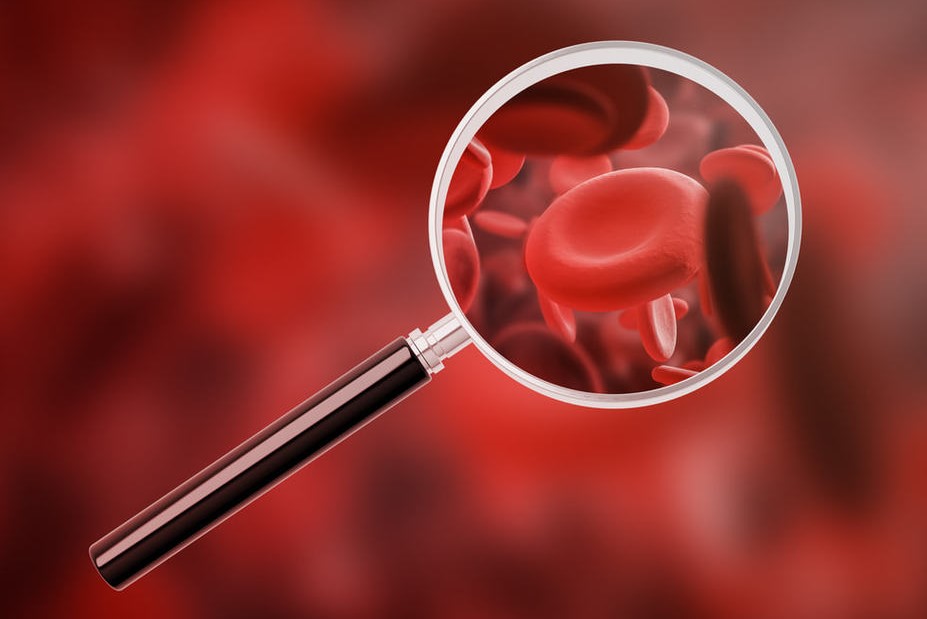
Mediterranean anemia: causes, symptoms and treatment
Mediterranean anemia is a blood disorder due to a defect in the synthesis of hemoglobin, the protein in red blood cells that has the dual function of transporting oxygen from the lungs to organs and tissues, and expelling carbon dioxide
It is the heterozygous form of beta-thalassemia, a noninfectious genetic disease that is transmitted by inheritance.
The name is due to the geographic distribution of the disease: in fact, Mediterranean anemia is mainly found in the countries of the Mediterranean basin (Po delta, Sardinia, Sicily, North Africa, Greece) but is also found less frequently in Southeast Asia, the South Pacific, the Middle East, and parts of India.
Since the red blood cells of individuals with Mediterranean anemia prevent malaria infection, this disease has spread predominantly to areas once affected by malaria, effecting a selection of the resident population: those with Mediterranean anemia did not contract malaria and thus their descendants were more numerous.
The certain origin of the genetic mutation that initiated the development of Mediterranean anemia is not known
What is known is the link that the disease has had in the past with environmental factors.
It seems, in fact, that Mediterranean anemia spread to malarial areas by means of the migrations and military invasions of ancient peoples: the development would have been favored by healthy carriers who, being immune to malaria, made themselves fliers of the disease in the areas of the Mediterranean basin.
Causes of Mediterranean anemia
At conception, a child receives genes from both parents: if the parents are both carriers of Mediterranean anemia (so-called “risk couples”), a child may receive either the normal gene or the defective gene from each.
With normal gene transmission, the child will be born healthy.
So, Mediterranean anemia occurs in people who at conception have inherited a defective gene from both parents.
If he receives one normal gene and one defective gene, in 50 percent of cases the child will be born a healthy carrier.
If he receives both defective genes, the child will be born with Mediterranean anemia and will not be able to produce enough hemoglobin.
Diagnosis of Mediterranean anemia
Routine clinical diagnosis of Mediterranean anemia is made through a comprehensive series of hematologic tests.
Such investigations should be performed by everyone of childbearing age; in fact, a person can be a healthy carrier of Mediterranean anemia without developing the disease or experiencing any symptoms.
Early diagnosis is of paramount importance as it allows, preventively, an assessment of the risk of producing sick children.
Signs and symptoms of Mediterranean anemia
Individuals with Mediterranean anemia manifest pallor, jaundice, skeletal changes, accumulation of iron in the body, and developmental problems from the earliest months of life.
In severe cases, a form of heart failure due to dilation of the heart may also be present (this is referred to as Cooley’s disease).
In contrast, healthy carriers of Mediterranean anemia either have no symptoms or experience mild disorders mostly related to conditions of psychological and physical stress (e.g., infectious diseases) or during pregnancy.
Therapy of Mediterranean anemia
Constant transfusions, to supply hemoglobin and thus oxygen to patients, ferrochelation, to eliminate the accumulation of iron contained in hemoglobin that invariably follows transfusions, and cardiological treatment constitute the main treatments in cases of Mediterranean anemia: the aim is to provide fully functional hemoglobin that the body is unable to produce on its own.
In some cases, moreover, for patients with a compatible donor, bone marrow or stem cell transplantation can be decisive.
Treatment of Mediterranean anemia normalizes the growth of affected individuals and reduces the occurrence of skeletal and cardiovascular problems.
Read Also:
Emergency Live Even More…Live: Download The New Free App Of Your Newspaper For IOS And Android
Iron Deficiency Anaemia: What Foods Are Recommended
Increased ESR: What Does An Increase In The Patient’s Erythrocyte Sedimentation Rate Tell Us?
Anaemia, Vitamin Deficiency Among Causes
Mediterranean Anaemia: Diagnosis With A Blood Test
Colour Changes In The Urine: When To Consult A Doctor
Why Are There Leukocytes In My Urine?
How Iron Deficiency Anemia (IDA) Is Treated
Why Are There Leukocytes In My Urine?
Colour Changes In The Urine: When To Consult A Doctor
Paediatric Urinary Calculus: What It Is, How To Treat It
High Leukocytes In The Urine: When To Worry?
The Colour Of Pee: What Does Urine Tell Us About Our Health?
Pee Colour: Causes, Diagnosis And When To Worry If Your Urine Is Dark
Pan-Resistance, Candida Auris In US Hospitals: Warning From CDC Atlanta


